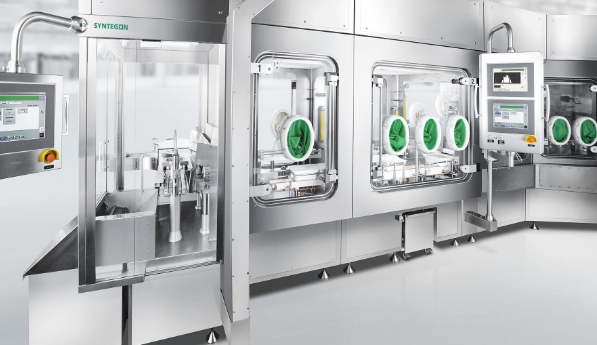The main contamination source of a clean room is not man, but decoration material, detergent, adhesive and office supplies. Therefore, using low pollution value eco-friendly material could drop the contamination level. This is also a good way to reduce the ventilation load and energy consumption.
During the design of a clean room in pharmaceutical dust-free workshop, to set up its standard of air cleanliness on the premise of ensuring production quality, there are a few points to be taken into consideration:
- Process production capability.
- The size of equipment.
- Operation and procedure connection methods.
- Operator headcount.
- Automated level of the equipment.
- Equipment cleaning method and maintenance space.
For a high illuminance work station, better to employ local lighting instead of raising the overall minimum illuminance standard. In the meanwhile, the illuminance of non-production room should be lower than those production rooms but the margin shall not be higher than 100 lumina. According to Japan industrial standard illuminance level, the standard illuminance of medium precision operation is 200 lumina. The operation of a pharmaceutical plant could not exceed medium precision operation, as a result it is feasible to lower the minimum illuminance from 300 lumina to 150 lumina. This measure could save energy significantly.
On the premise of ensuring the cleanliness effect, reduce the air change and supply rate is also one of the most important measures to save energy. Air change rate is closely related to production process, advanced level and location of the equipment, clean room size and shape, personnel density, etc. For example, a room with ordinary ampoule filling machine requires higher air change rate, while a room with air purified cleaning and filling machine can maintain the same level of cleanliness through lesser air change rate.
Post time: Nov-15-2022

